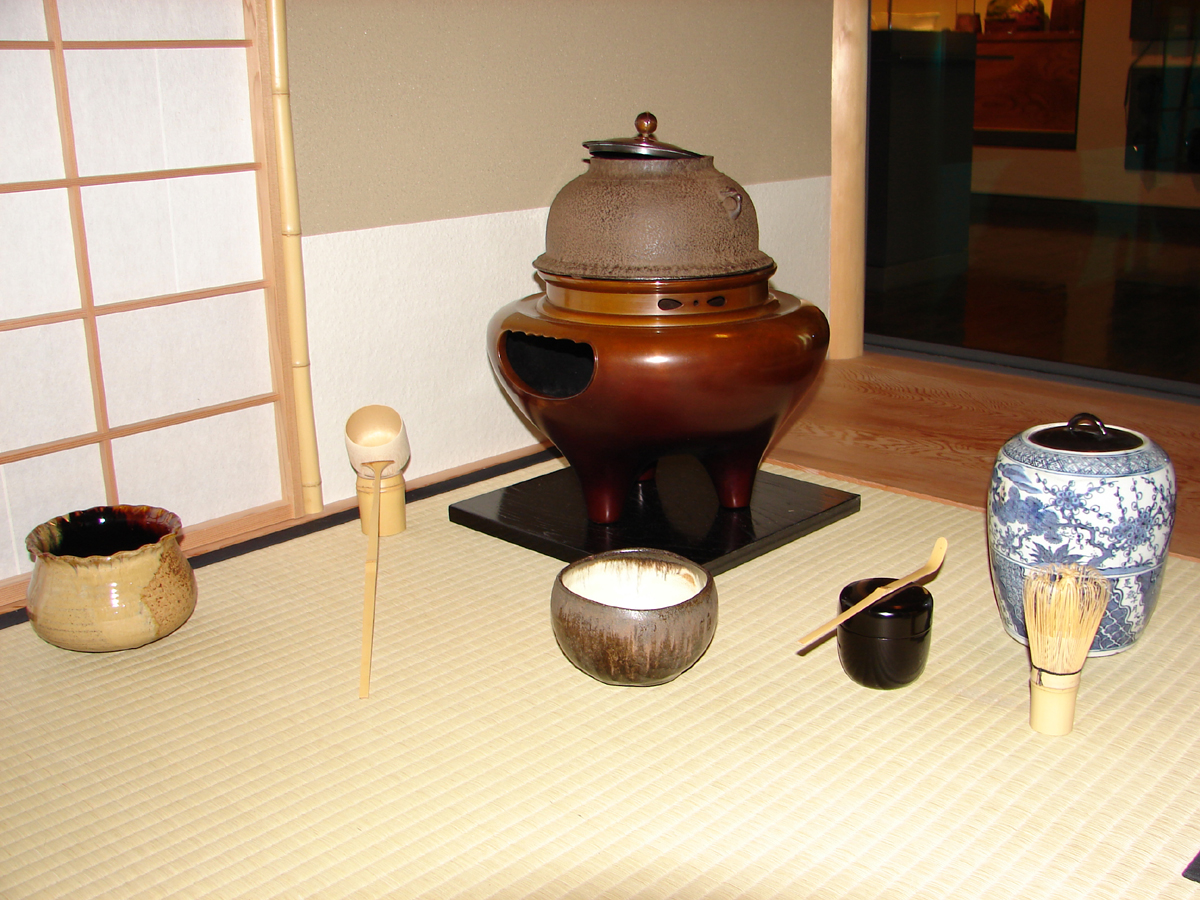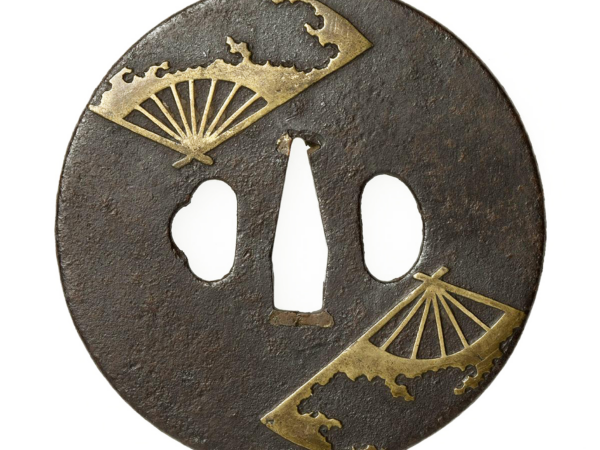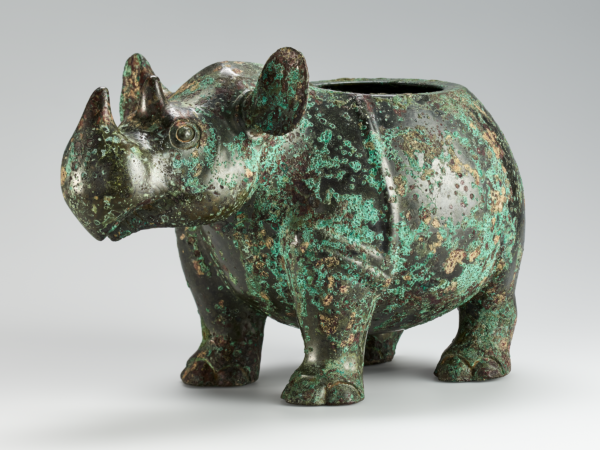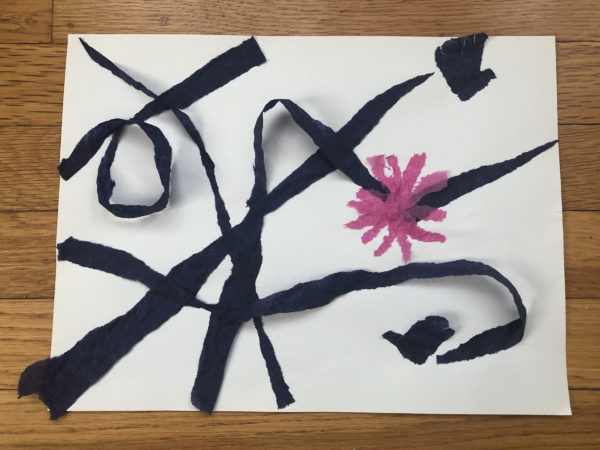Activity
Utensils for a Japanese Tea Ceremony

A host may spend weeks planning for a tea gathering, including making decisions about which group of utensils to use. The assemblage of objects will reflect the season, complement and contrast with each other, and, ideally, create a theme or context that the host and guest will explore together during the course of the tea gathering. The history of the objects—such as who made them; if they were given a poetic name, and by whom; and who owned them in the past—are often discovered through conversation with the host. November through May is the “winter” season in tea practice. This season is reflected in the seasonal motifs and types of utensils used. Most noticeable is the opening up of the sunken hearth in the floor to heat the kettle. The sunken hearth allows one to build a larger fire to warm the tearoom. This was traditionally the only source of heat in the room. During the summer months (April through October) the hearth is covered over and a raised brazier is used. Host build a smaller fire since the heat is only needed to heat the water for tea. Everything needed to make tea is shown in the diagram above:
- Kettle for heating water
- Bamboo lid rest (here shown with the ladle resting on it)
- Bamboo ladle for scooping water
- A tea bowl
- Waste water container for dumping water used to purify the bowl
- Bamboo tea scoop resting on top of #7
- Black lacquered container with green tea powder inside
- Tea whisk made of split bamboo
- Cold water jar for replenishing water taken from the kettle Imagine steam rising from the kettle.
Listen for the gentle sounds of boiling water. Smell the fragrance of incense, which has been placed near the coals.
Discussion:
- Compare the summer and winter tea placements.
- The most obvious difference is the kettle. The kettle used in winter is usually larger than that used in summer. Because there is no central heat in traditional Japanese homes, the fire under the winter kettle is larger to help heat the room—imagine how cold it might be in a hut without any insulation.
- Review the images and discuss which artworks might be used in summer and which in winter. Many connections can be relevant, such as a seasonal celebration, color, pattern, material, or decoration. Note: making an appropriate selection of objects takes years of study, so this activity is more about inspiring student dialog rather than achieving “correct” answers






